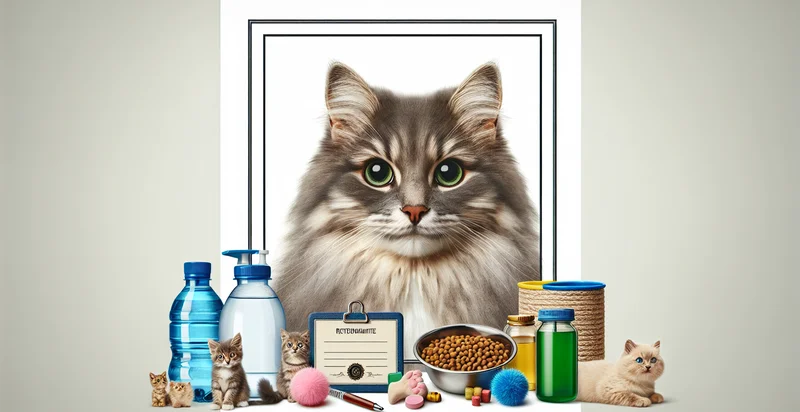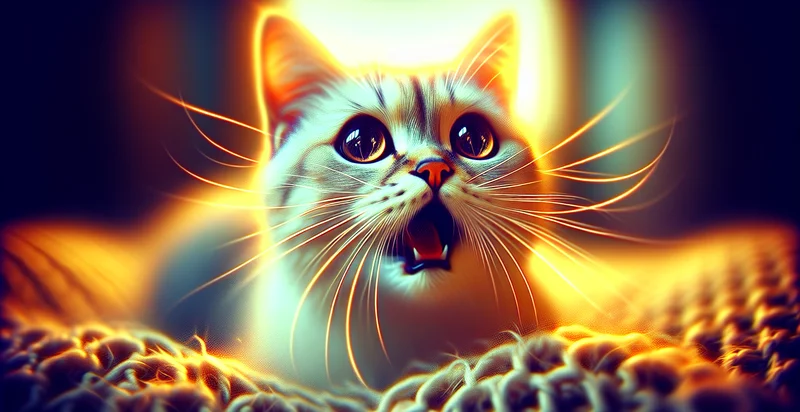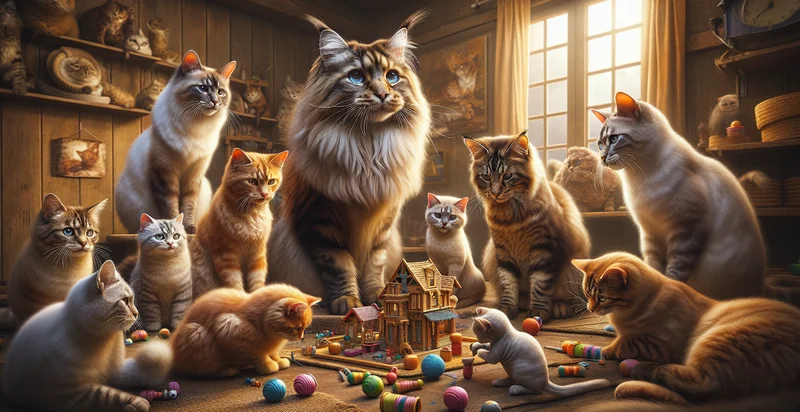Identify cat interaction with owner
using AI
Below is a free classifier to identify cat interaction with owner. Just upload your image, and our AI will predict the type of interaction the cat is having with its owner - in just seconds.

Contact us for API access
Or, use Nyckel to build highly-accurate custom classifiers in just minutes. No PhD required.
Get started
import nyckel
credentials = nyckel.Credentials("YOUR_CLIENT_ID", "YOUR_CLIENT_SECRET")
nyckel.invoke("cat-interaction-with-owner", "your_image_url", credentials)
fetch('https://www.nyckel.com/v1/functions/cat-interaction-with-owner/invoke', {
method: 'POST',
headers: {
'Authorization': 'Bearer ' + 'YOUR_BEARER_TOKEN',
'Content-Type': 'application/json',
},
body: JSON.stringify(
{"data": "your_image_url"}
)
})
.then(response => response.json())
.then(data => console.log(data));
curl -X POST \
-H "Content-Type: application/json" \
-H "Authorization: Bearer YOUR_BEARER_TOKEN" \
-d '{"data": "your_image_url"}' \
https://www.nyckel.com/v1/functions/cat-interaction-with-owner/invoke
How this classifier works
To start, upload your image. Our AI tool will then predict the type of interaction the cat is having with its owner.
This pretrained image model uses a Nyckel-created dataset and has 26 labels, including Affectionate, Affectionate Towards Owner, Aggressive, Agitated, Aloof, Anxious, Assertive, Bored, Cautious and Chill.
We'll also show a confidence score (the higher the number, the more confident the AI model is around the type of interaction the cat is having with its owner).
Whether you're just curious or building cat interaction with owner detection into your application, we hope our classifier proves helpful.
Related Classifiers
Need to identify cat interaction with owner at scale?
Get API or Zapier access to this classifier for free. It's perfect for:
- Pet Behavior Analysis: The 'cat interaction with owner' identifier can be utilized by pet behavior analysts to study the dynamics of cat-human interactions. By analyzing various behaviors, professionals can better understand a cat's emotional state and improve owner care practices.
- Smart Home Systems: Integrating this function into smart home systems can enhance pet monitoring capabilities. Owners can receive notifications when their cat is interacting positively with them, ensuring they are attentive to their pet's emotional needs.
- Veterinary Telehealth Services: Veterinary telehealth platforms can leverage this identifier to assess a cat's behavior during virtual consultations. By examining interaction data, veterinarians can offer personalized recommendations for improving the cat's health and well-being.
- AI-driven Pet Products: Manufacturers of pet-related products can use this function to design interactive toys or devices that promote better interactions between cats and their owners. Insights gained can guide product features that cater to enhancing bonding experiences.
- Cat Adoption Programs: Animal shelters and adoption agencies can apply this identifier to gauge the interaction levels between potential adopters and cats. Better matching of cats with owners who engage positively can lead to more successful adoptions and decreased return rates.
- Pet Insurance Assessment: Insurance companies can use the identifier to evaluate the risk profile of a pet based on its interaction with its owner. Understanding the cat’s lifestyle and its level of engagement can help in determining policy premiums and developing specific coverage options.
- Behavioral Modification Training: Training organizations can utilize the identifier to monitor and improve cat training programs focused on enhancing interaction with owners. Data collected can help trainers tailor techniques that foster stronger and more loving relationships between cats and their humans.


